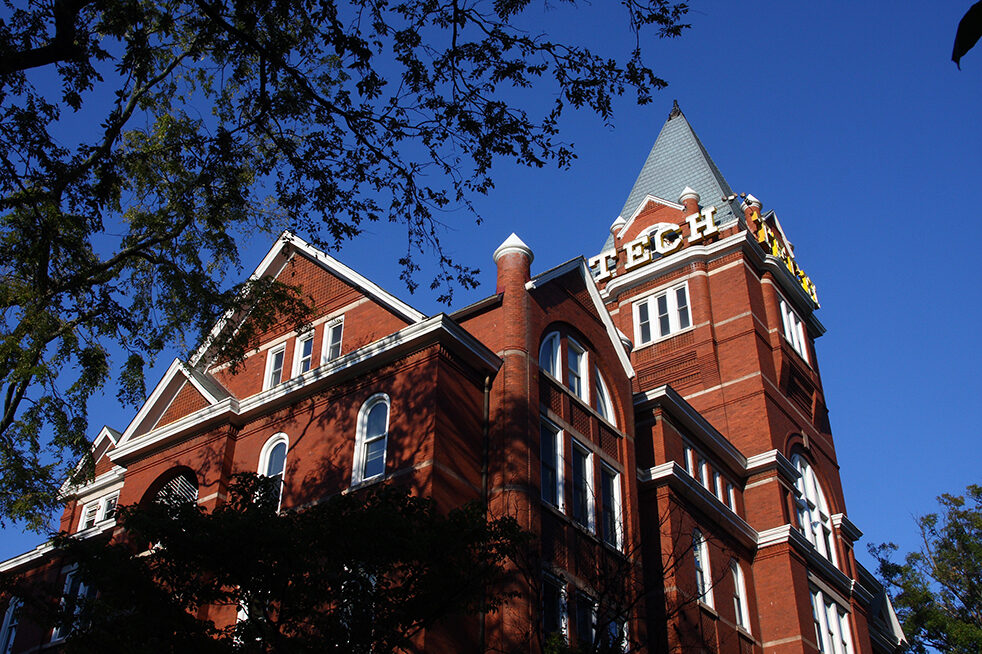Fall has once again rolled around, and with it we find ourselves fully immersed in the season of pumpkin spice.
And while many may look forward to fall fits or Thanksgiving, I often find myself in awe of the beauty mother nature has provided for us in changing tree colors.
Trees are of course beautiful year round, but something about their changing colors in the months leading up to winter just makes the world seem that much easier to deal with.
It is this change in color that contributes to everybody’s “idealized” fall grove.
You know the one: the trees are perfectly lined up along a winding forest path with the colorful leaves littering the ground, not yet trodden upon and dimmed by the mud.
It is the absolute perfect fall scene, and is completely made by the presence of the perfect, color changing tree.
And this leads perfectly to my point about finding the ideal fall grove: while every type of tree always catches my eyes during fall in their own way, it would be foolish to suggest that they are all, in any way, at the same level of beauty.
In fact, I would argue that it is quite the opposite. You may be thinking to yourself that this is an absurd notion.
Trees are trees and there is definitely not enough of a difference between them to justify this absurd level of rankings.
In response, I would point to the vast difference in fall colors between different areas of the US.
There is no doubt that the fall season brings beautiful trees in Georgia.
But if you go further towards New Hampshire, Vermont and Upstate New York, the array of colors and gradients is almost unfathomably beautiful.
It is not as though these trees are being tended to any differently than the trees in Georgia.
It instead points to an abundance of trees such as maple, hickory and cherry that tend to pop all that much more in the fall.
Not to say that we do not have those trees here, but we tend to have more oak and sweetgum trees that, frankly, are way less interesting than anything the former locations have to offer.
In addition to color, I would argue that shape also plays an integral role in the overall beauty of this ideal grove that I’ve been ranting about.
Some leaves are simply more ideal than others, which can be attributed almost entirely to the overall symmetry and proportionality of the leaves.
Take, for instance, the maple leaf — this is, in many people’s mind, the quintessential leaf.
It has three distinct points, which happens to be a number that we like to see in any kind of object or situation.
It’s about as wide as it is long, which plays perfectly into its proportionality.
And it’s perfectly symmetrical on both sides despite its offshoots from the three main points.
I would have to agree with those arguing in favor of this leaf being quintessential, because it frankly is.
This shaping also contributes to why the northern areas tend to have this ideal grove in higher numbers.
The shapes of our big trees, mainly oaks, are, while well shaped, not very proportional, and tend to stick out lengthwise far more than they are wide.
This leads to a strangely shaped leaf to our eyes, and contributes to detracting from the beauty of whatever orchard it finds itself in.
Diversity of trees is of course important, and this isn’t to say that we should completely eliminate oaks from my vision of the perfect fall orchard.
All sorts of trees should be included; including the oaks and other trees of lesser quality in a majority, though, is when we start to detract from the overall level of beauty.
Ultimately, you’ll be hard pressed to find a fall orchard that isn’t a thing of beauty.
They come along with a time of year that’s equally incredible, and despite their difference across the United States, all contribute to a season that is, frankly, as beautiful as the trees that characterize as such.
